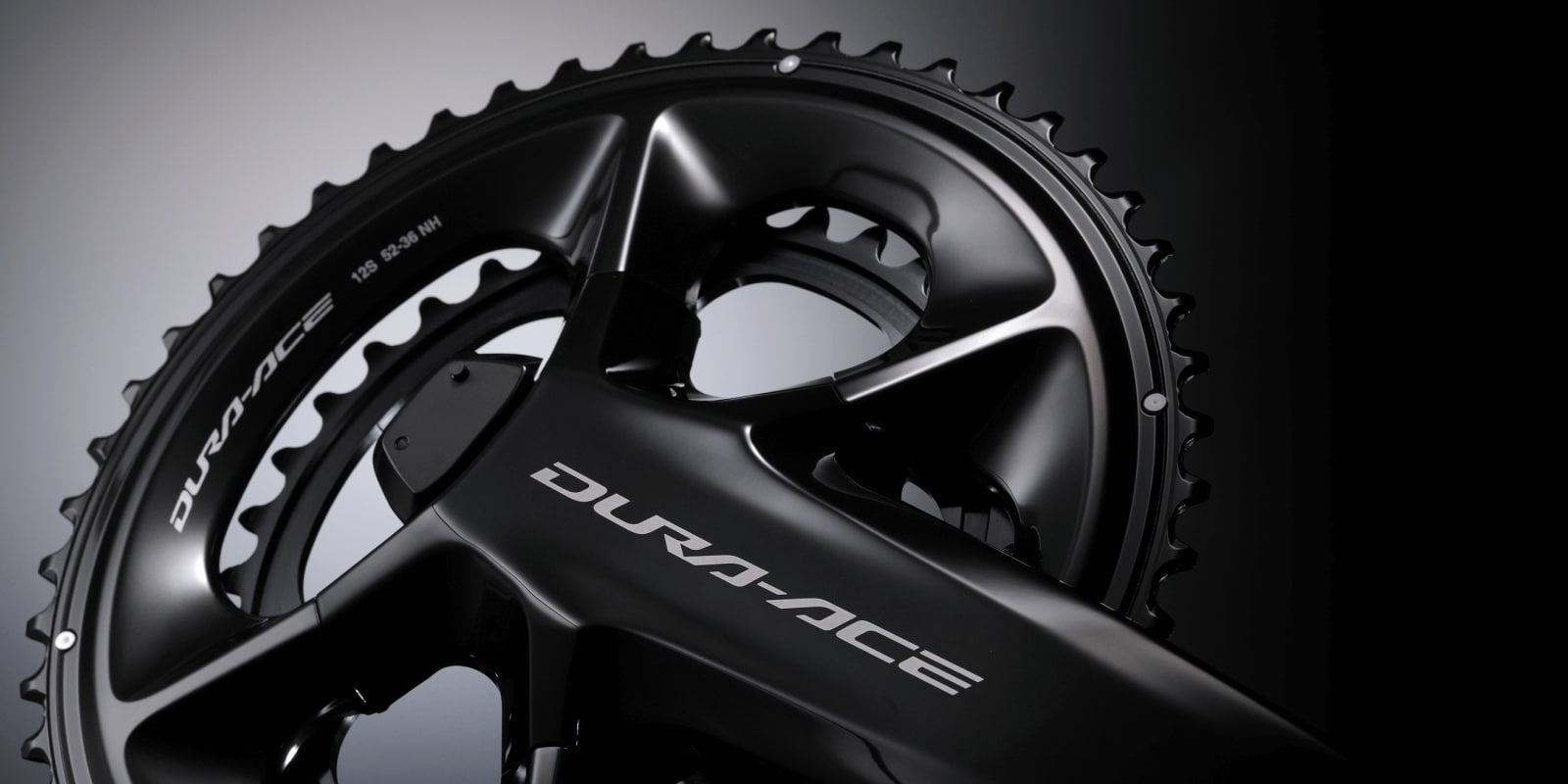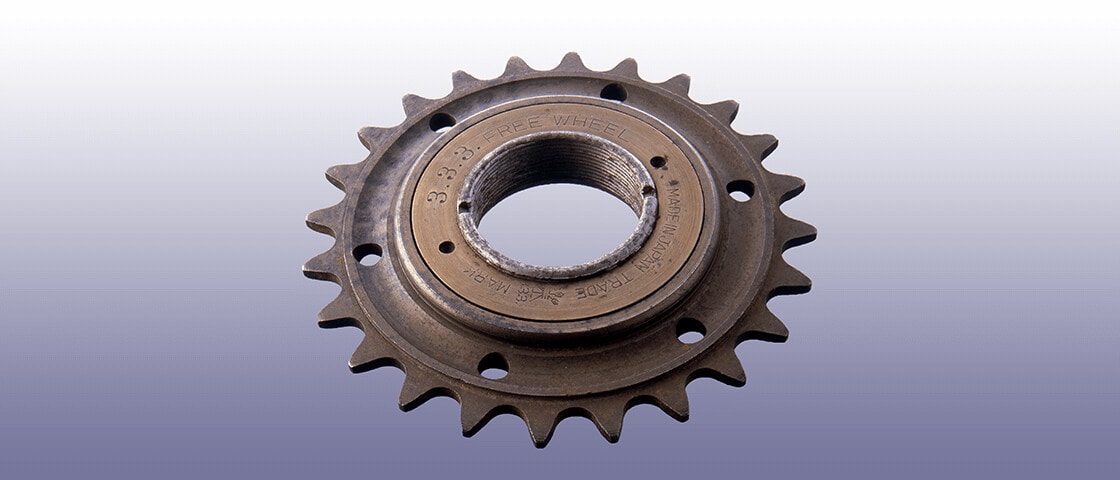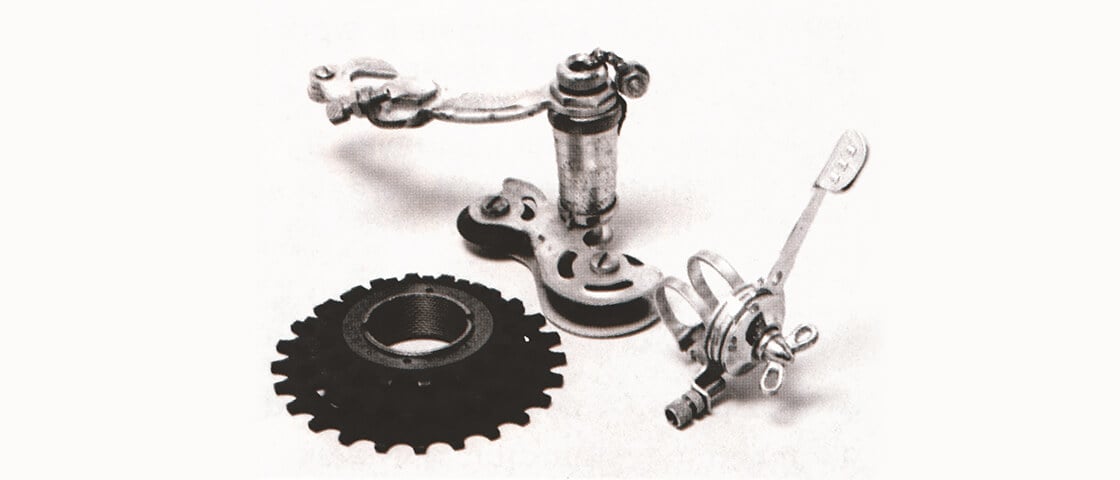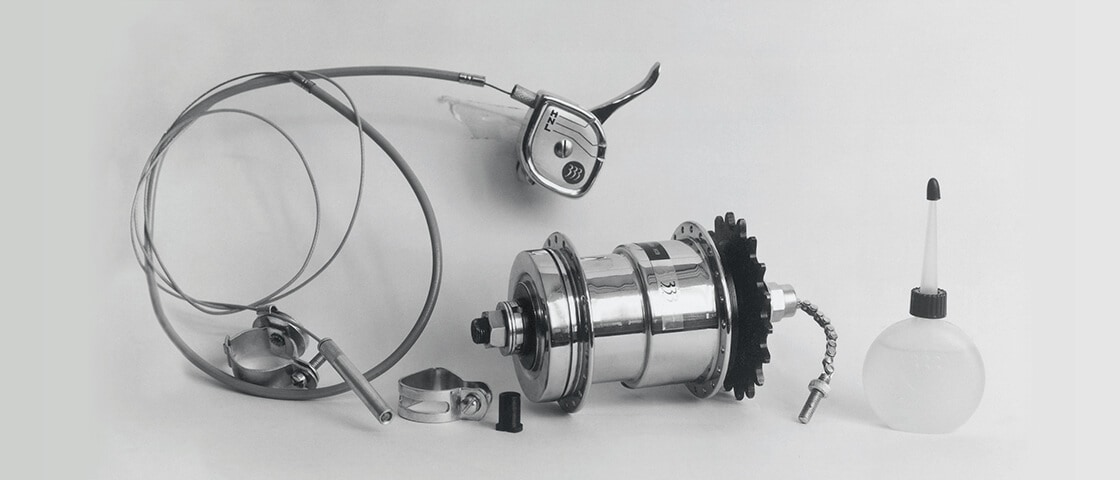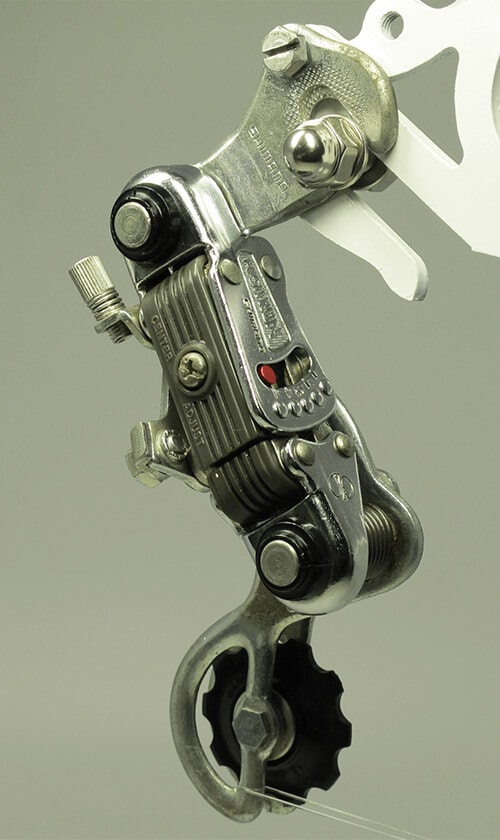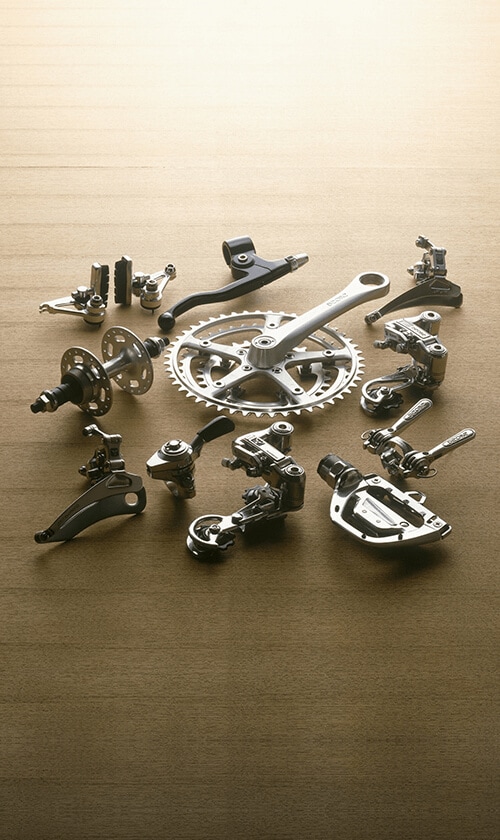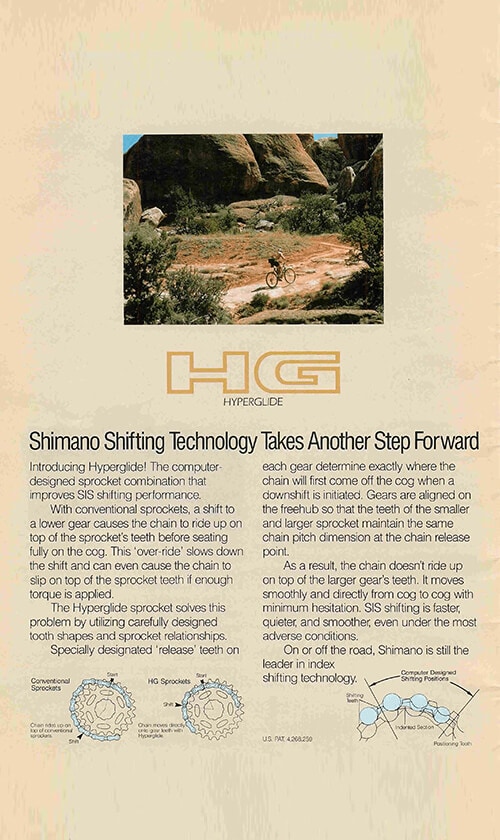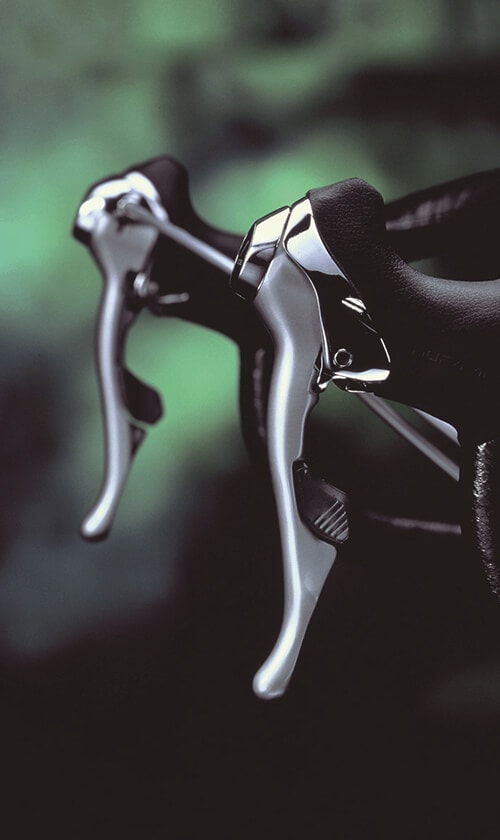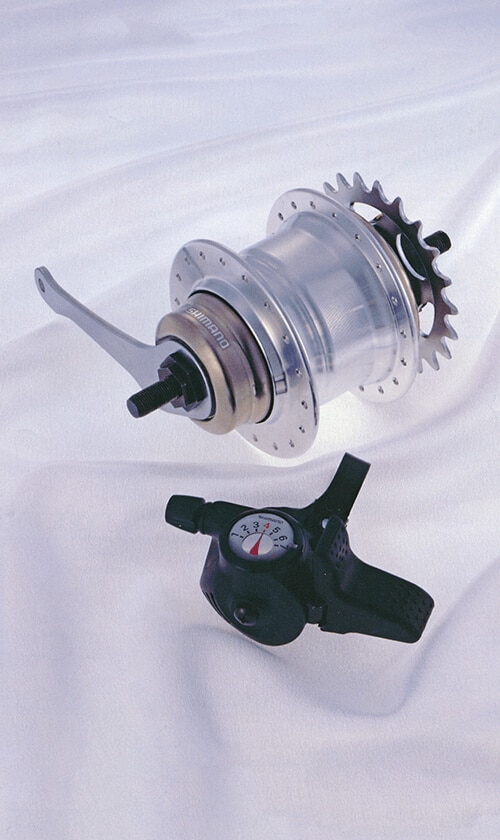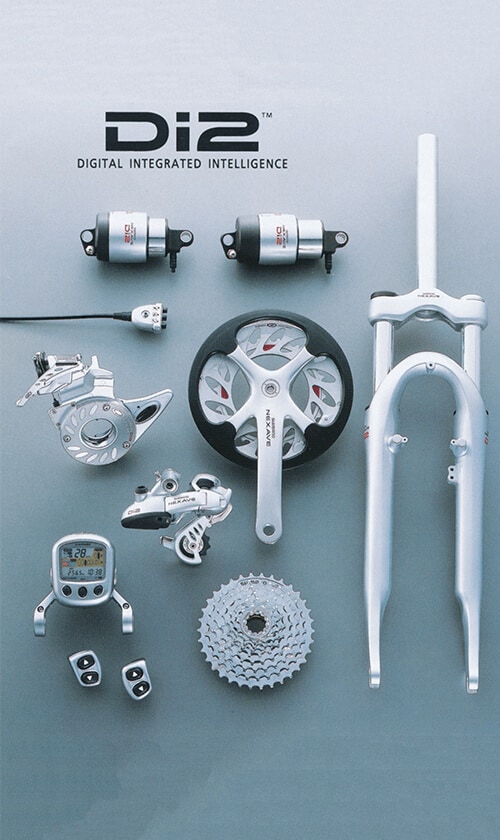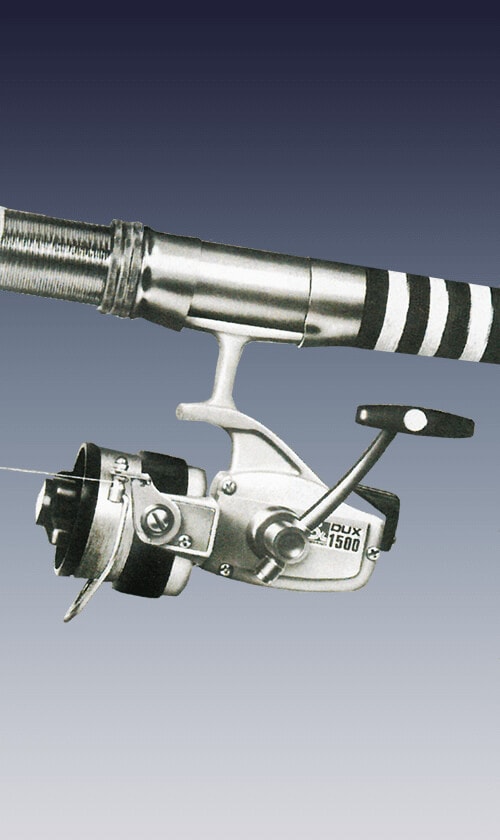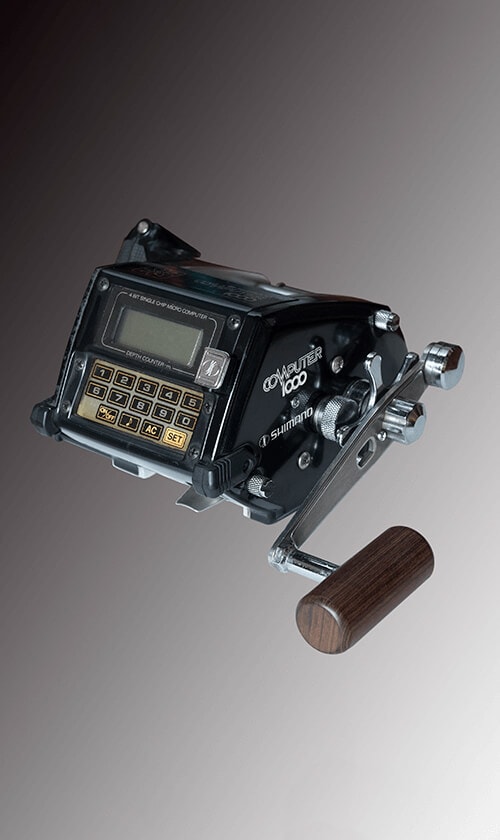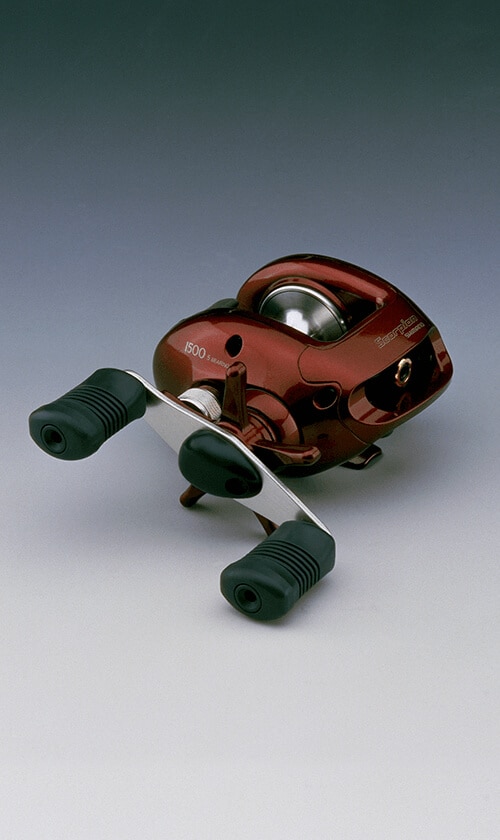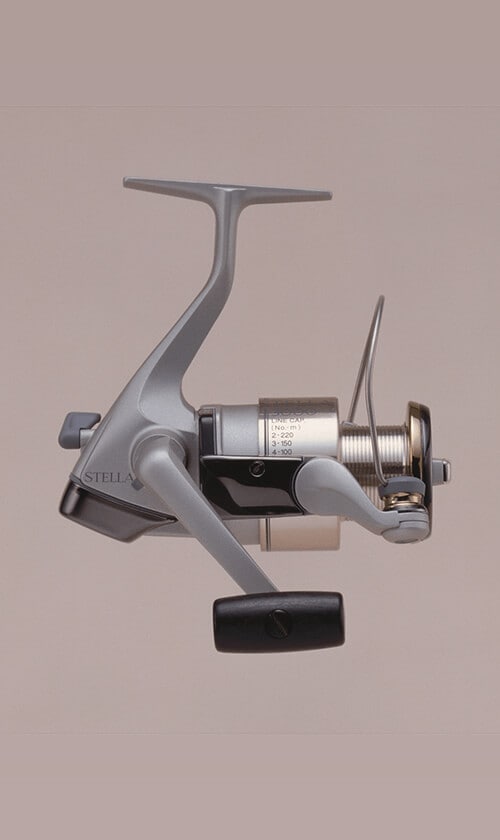Here are some outstanding examples of innovations born of Shimano’s sensitivity to global needs and bold ideas.
 BICYCLE COMPONENTS
BICYCLE COMPONENTS
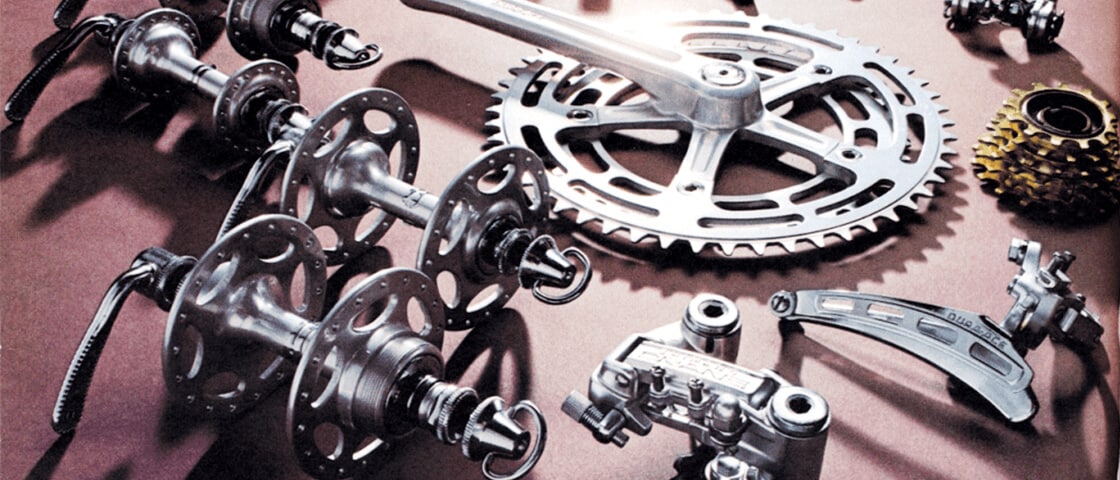
This first aluminum crank was employed in the first generation of the DURA-ACE series. With the marketing of this series, Shimano began taking a challenge on professional road races in Europe.
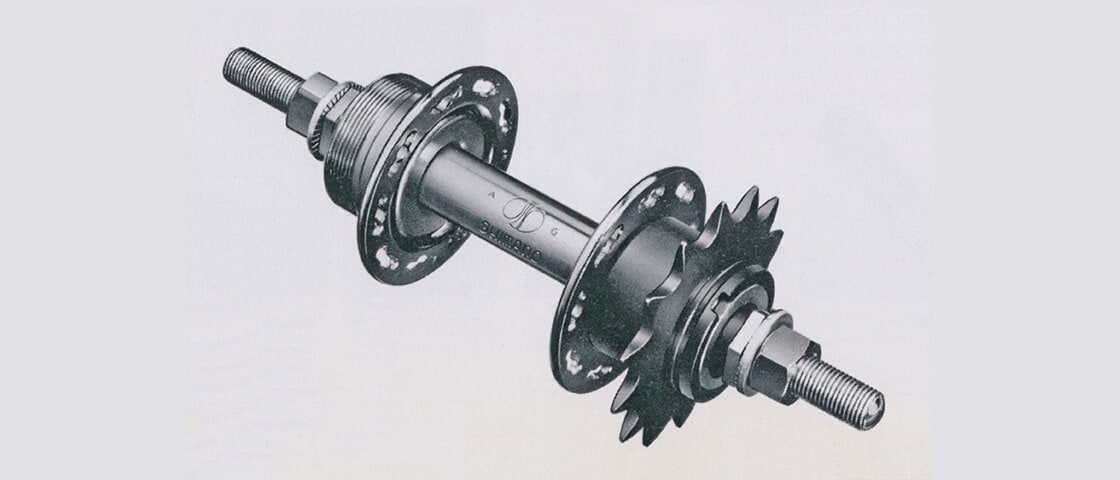
A free hub, which integrates a freewheel mechanism and a hub, features both compact size and light weight. The innovation made it easier to replace sprockets, and increased the rigidity and durability of axles.
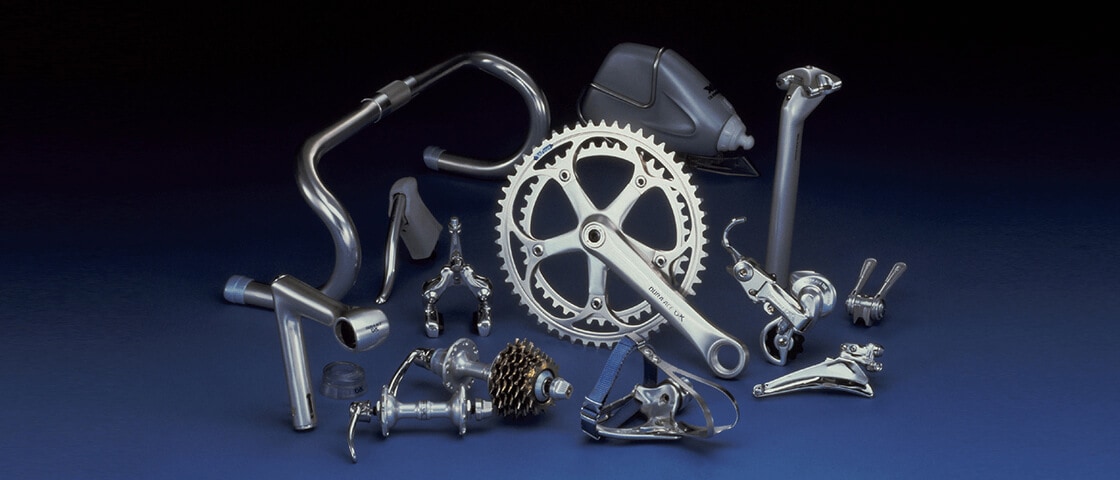
All components of the Aerodynamics Series employed designs that reduce air resistance. The DURA-ACE AX series, featuring aerodynamic designs, significantly impacted the bicycle industry.
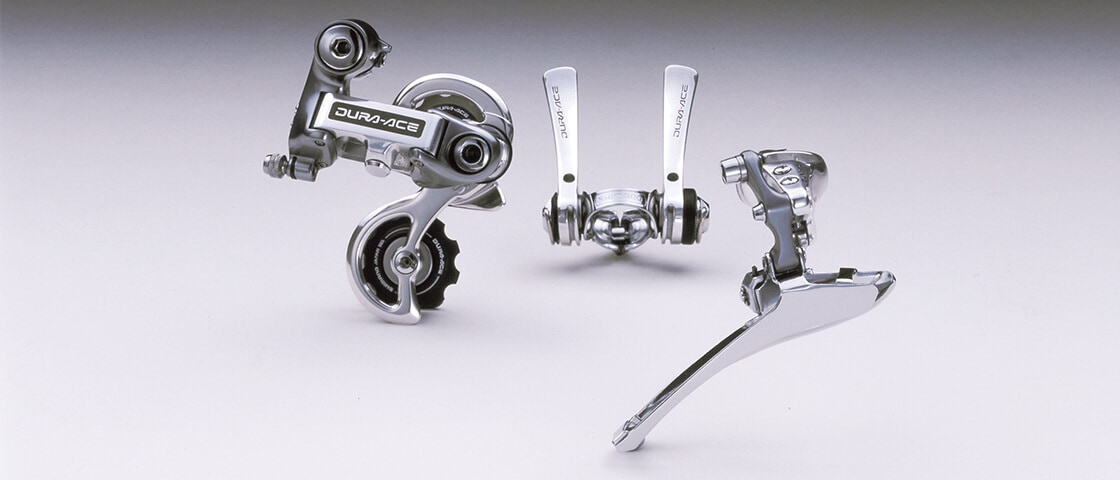
The positioning mechanism for gear shifting was mounted on a shift lever, instead of a rear derailleur in the Positron System. The system was exclusively mounted on the highest grade road components. The steady speed shifting performance was quickly accepted by professional racers, who had initially been skeptical about its performance.
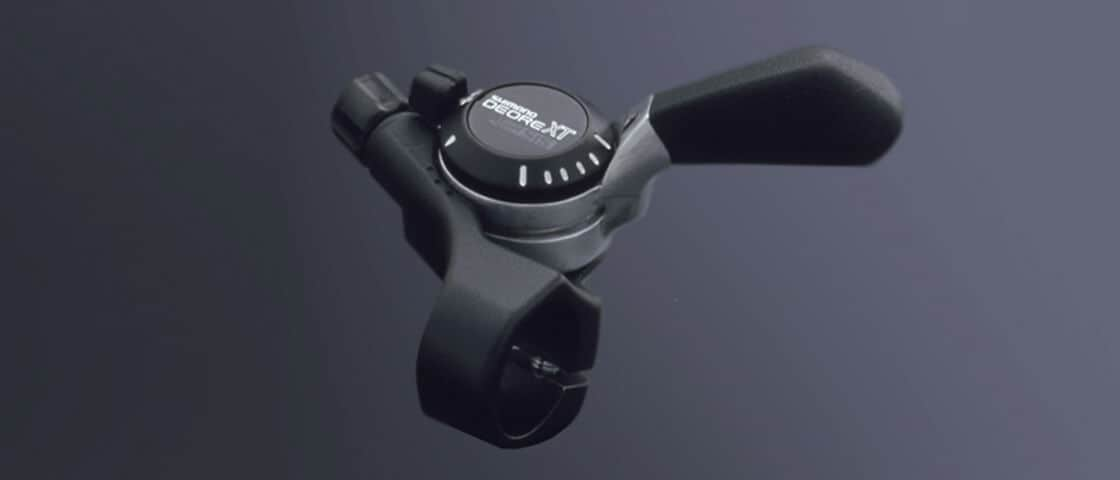
SIS system mounted on the second generation of the DEORE XT series dramatically improved shifting maneuverability on off-roads.
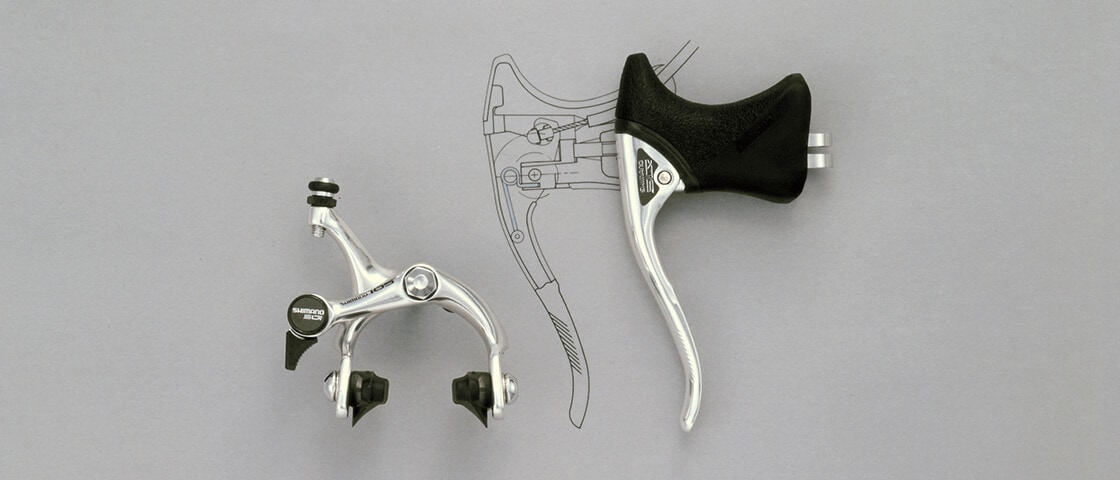
SLR featured extremely light brake operation. The unprecedented lightness was achieved by the incorporation of a spring in the brake lever and the reduction of the frictional resistance of the cable.
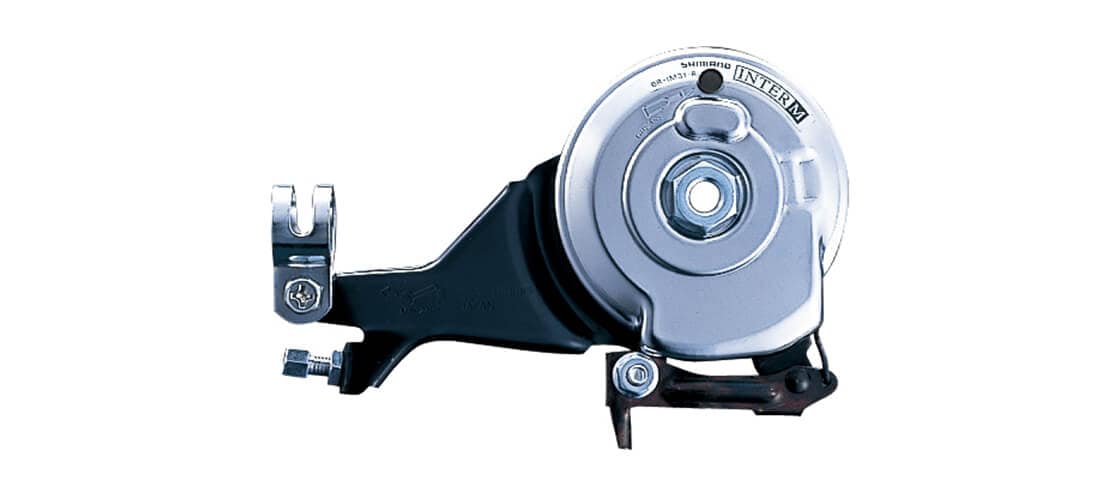
Containing special grease in the brake, the roller brake significantly reduced noise caused by brake operations. Because of its excellent weatherproof performance, it was widely employed in city cycles used for commuting.
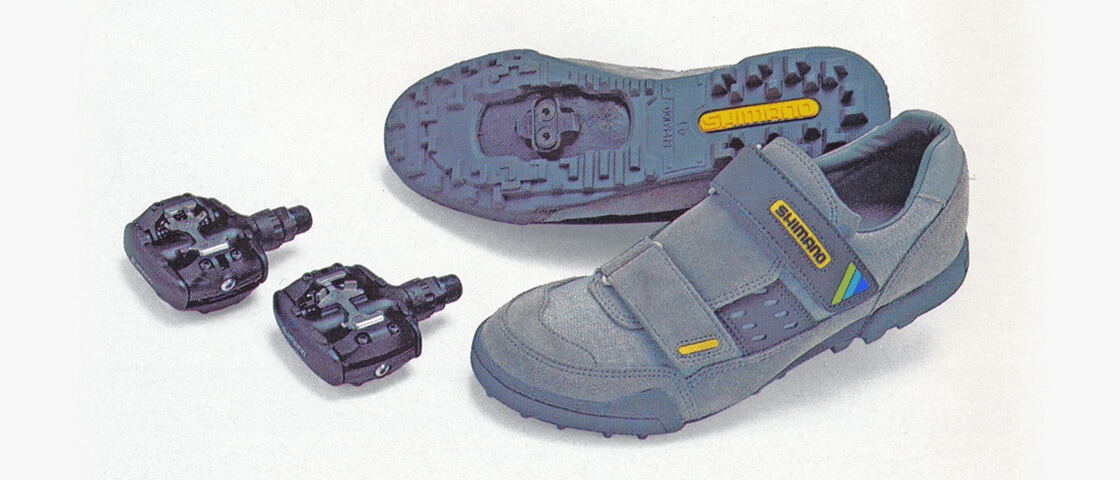
This SPD system was developed as a pedal binding system for off-road rides. Incorporating anti-mud measures, the SPD achieved drastic improvement in pedaling efficiency.
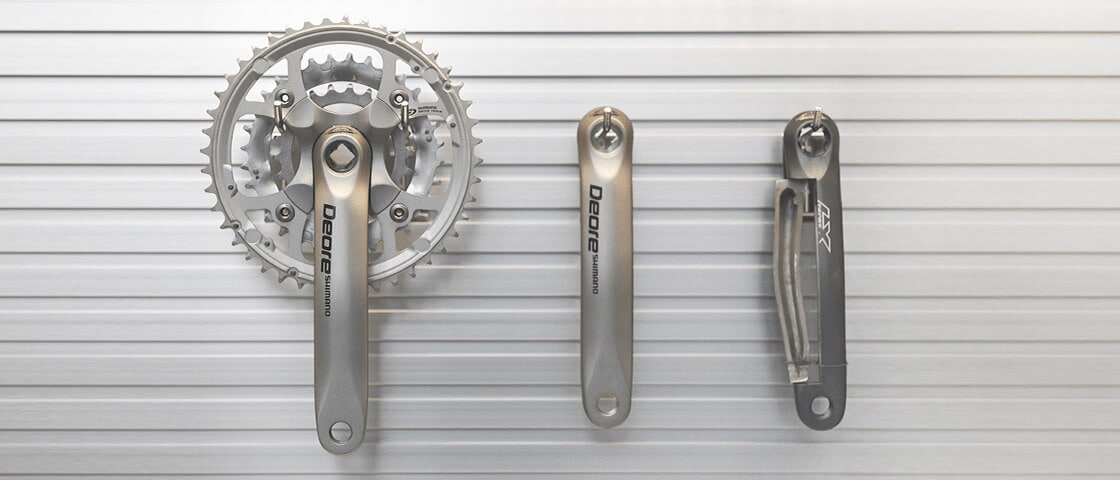
Hollow crank arms realized both light weight and rigidity. The successful development of forging technology, which used to be regarded as difficult, enabled production of a wide range of hollow crank arms.

Cooling Technologies to prevent the fade phenomenon, caused by friction between the disc brake rotor and pads, and ensure stable performance. In addition to high heat dissipation, the pad’s durability, as well as the brake’s quietness has been improved.
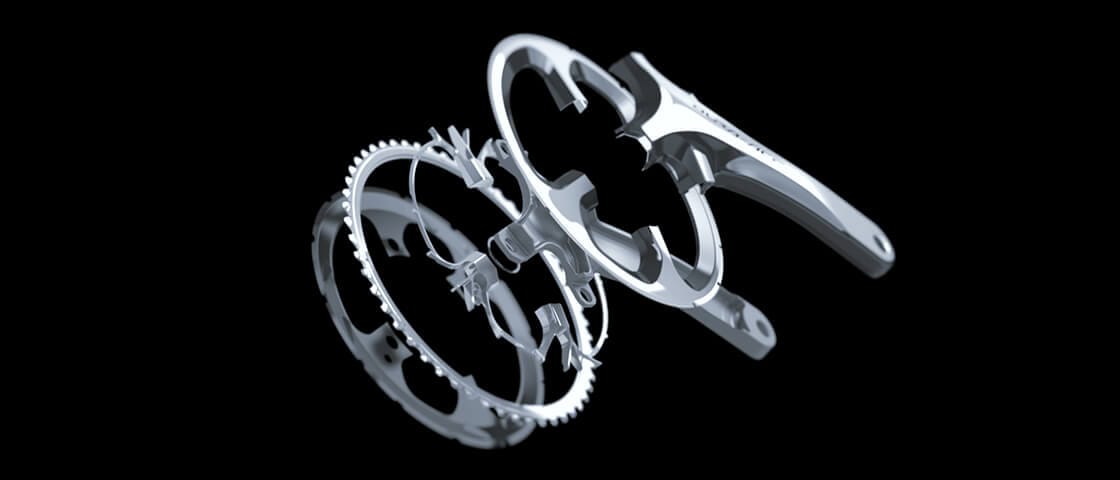
The technology was used for producing cranks and gears by gluing thin forged parts. The use of this gluing technology enabled creation of three-dimensional and voluminous forms with excellent rigidity and light weight.

A concept that captures the entire functions proposed by Shimano’s use of electricity such as drive units, electronic shifting systems, and interface technologies.
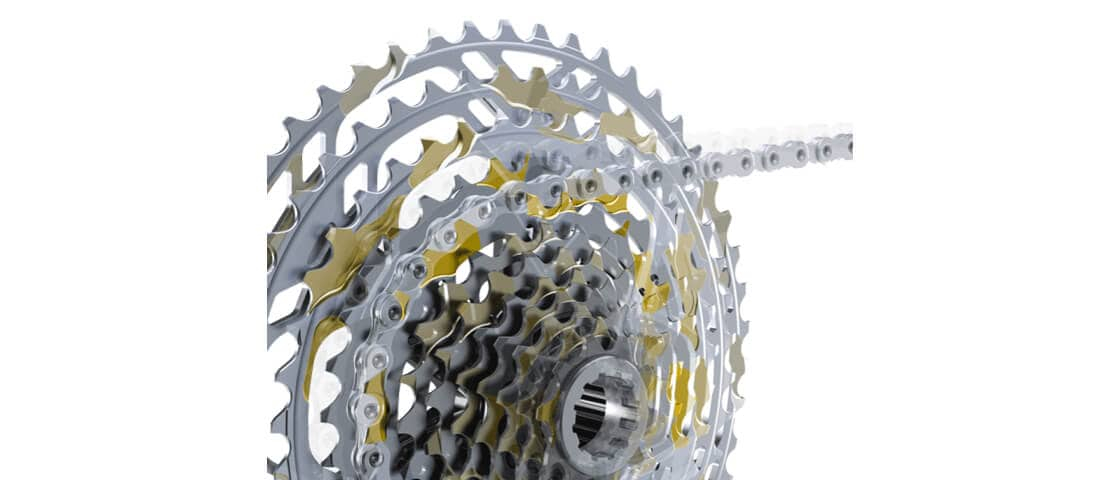
Through improving fitting of chains on the gears, as well as raising efficiency of the drive train, smooth and speedy gear change was made possible. This allows for more focus on the act of riding.
 FISHING TACKLE
FISHING TACKLE
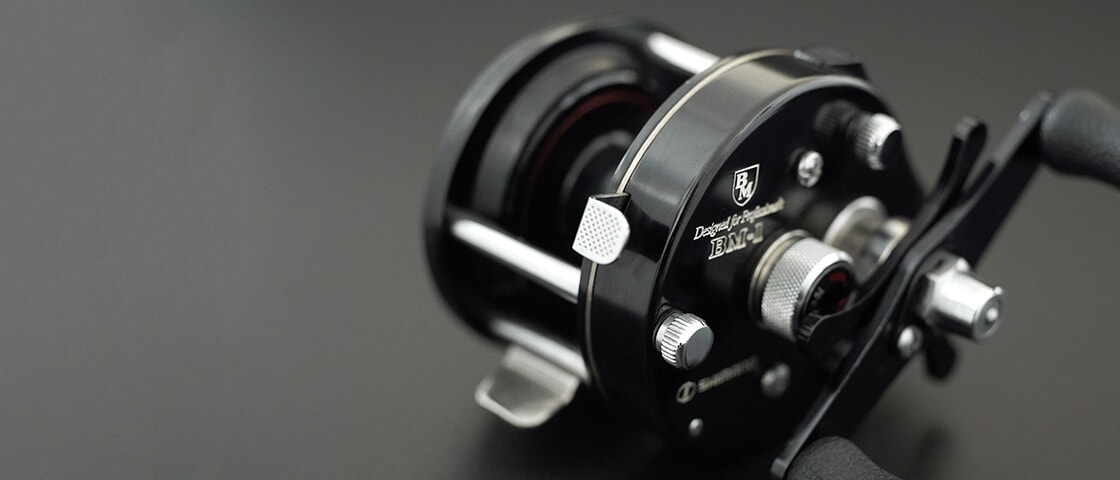
The Bantam (BM) series made innovations in bait-casting reels with its precise mechanism, robustness, and original design. The series won high acclaim in the United States, the center of bass fishing.
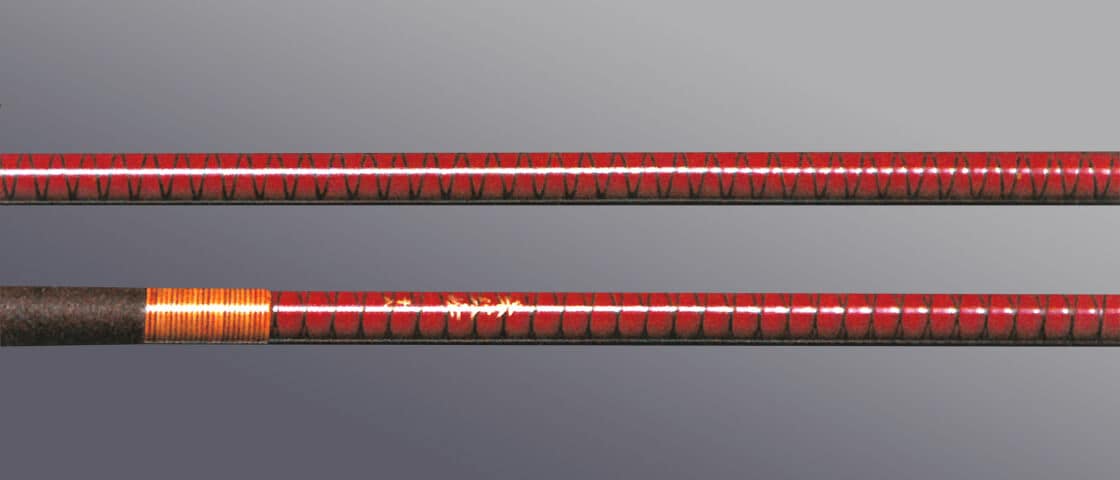
To increase twist resistance, Shimano developed a brand new rod structure by winding carbon tapes around the rod in a series of X shapes.
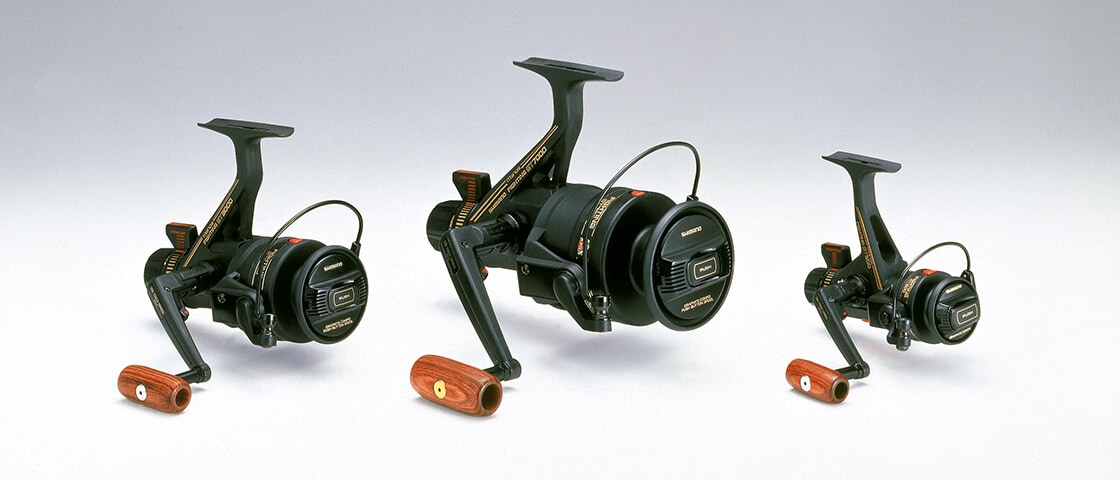
Carbon fiber with Potassium whisker reinforcement composite titanate was used in the TITANOS series. The R&D team at the time was eager to adopt new materials.
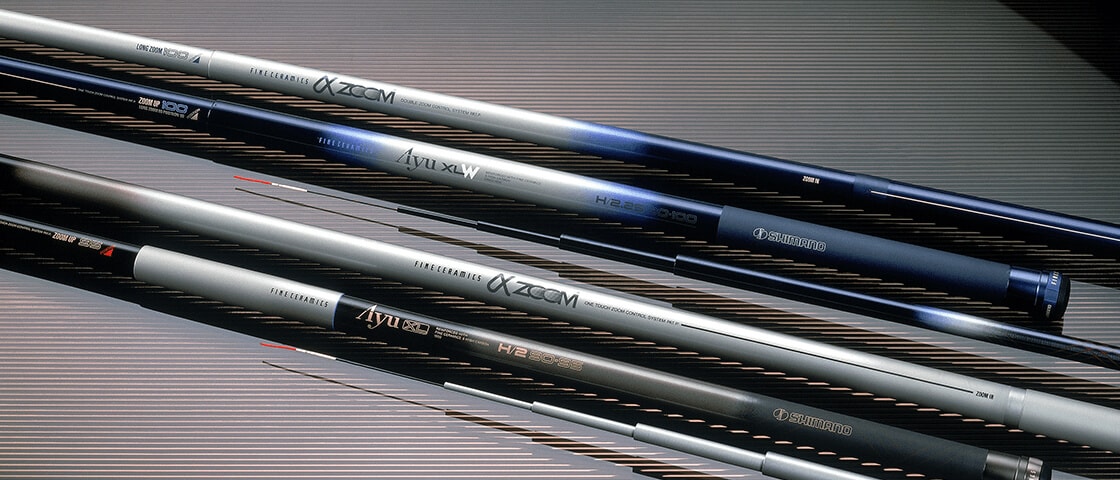
In quest of higher rod operability, Shimano developed a telescopic mechanism that enabled extension of rod length, and employed it in the Fine Ceramics α Ayu (a rod for sweetfish fishing). Subsequently, this mechanism was incorporated in rods for ISO-fishing.
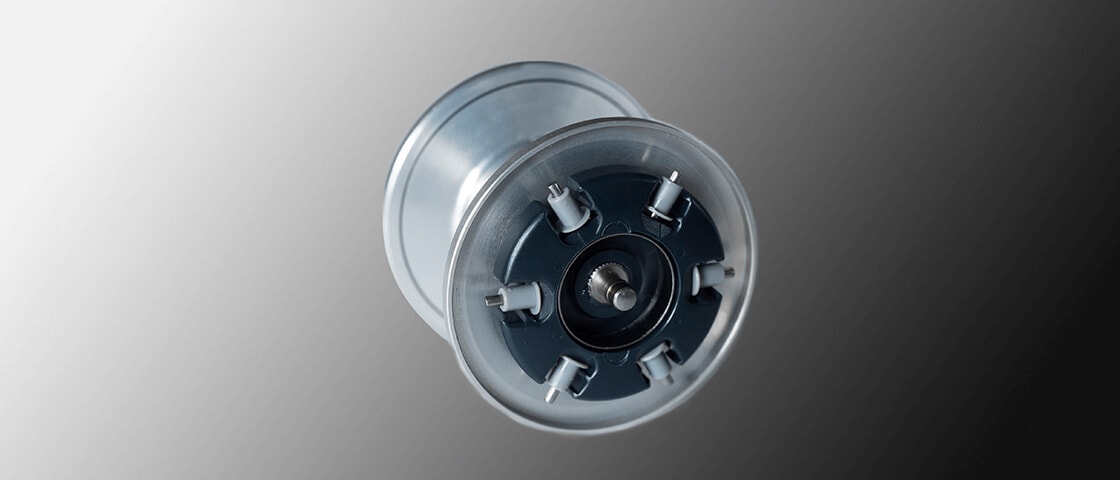
This was an epochal system that enabled fine-tuning of centrifugal brakes of bait-casting reels depending on the situation.
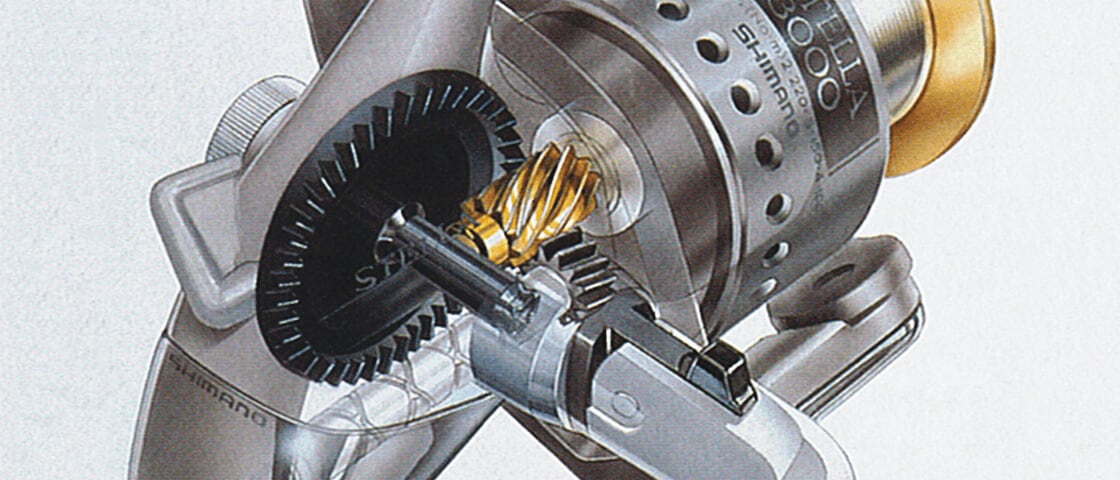
The SHIP structure achieved smooth and powerful rotation as a result of comprehensive innovation in both technologies and concept. Specifically, the structure employed a high-performance gear system and improved body rigidity.
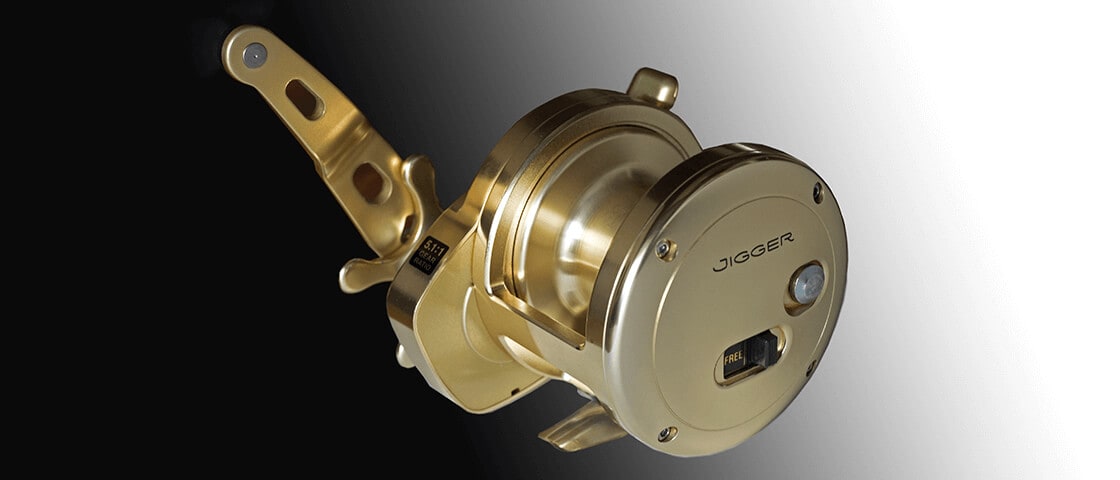
Shimano specially developed Ocea Jigger Reel and could expand Jigging style of fishing. Also through active expansion of Jigging Rods and Jigs enlargement of Jigging Market became possible.
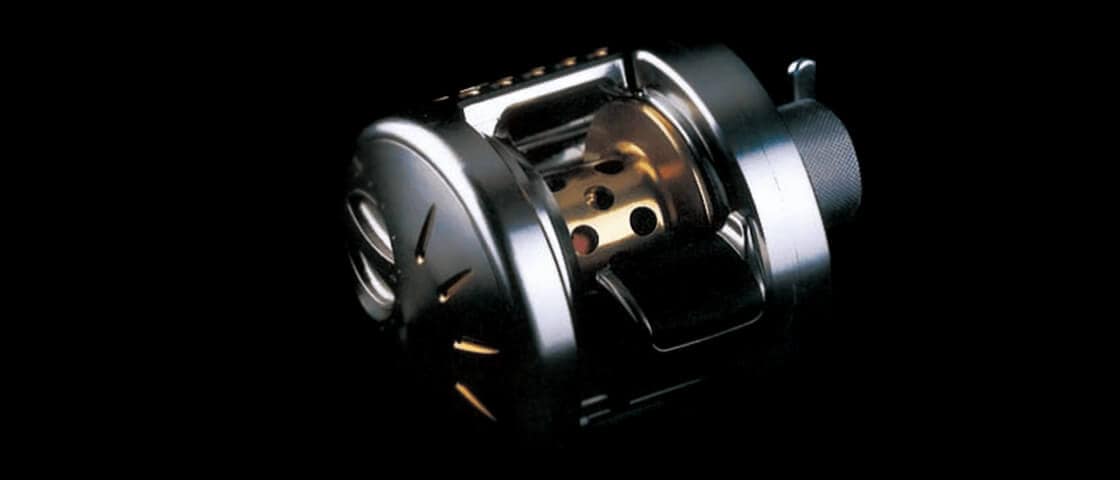
Using the electronic control system that operates a brake at required strength when necessary, the new brake enhanced the potential of bait-casting reels.
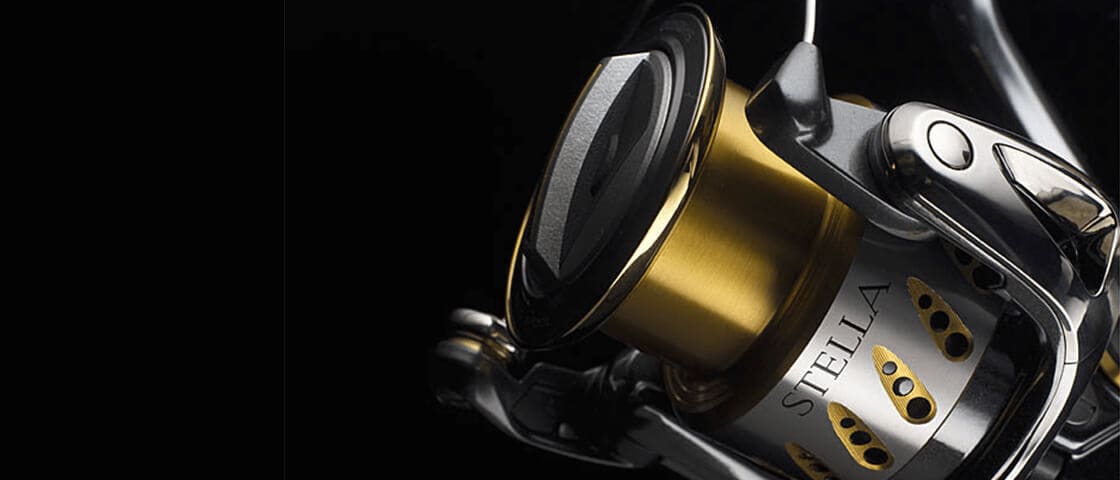
The AR-C spool, with its special spool ring shape, increased the casting distance and reduced line problems at the time of casting.
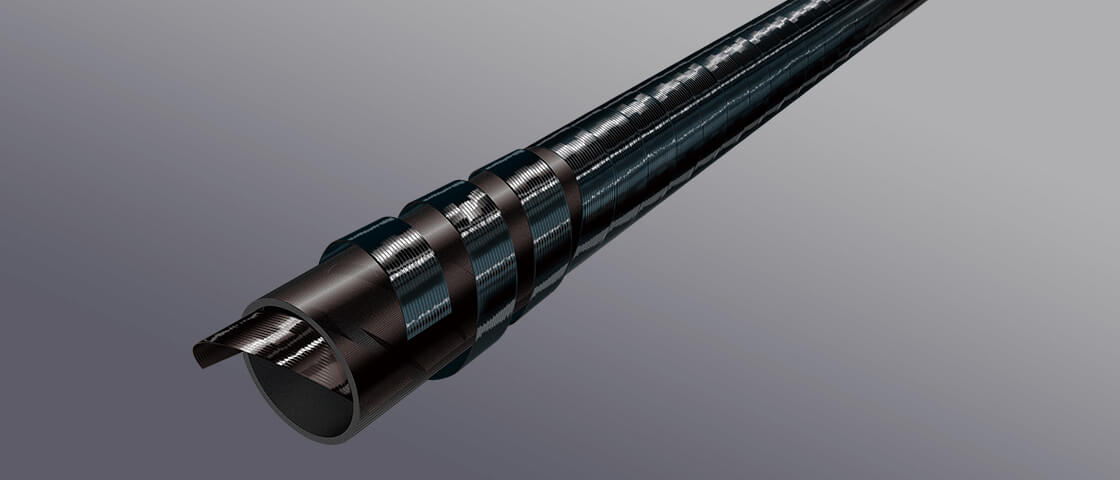
Shimano optimized the distance between tape strokes in rods. In addition to it, using special technology of wrapping carbon tape in the reverse direction in both internal and outer layers Shimano could enhance basic structure of rods.
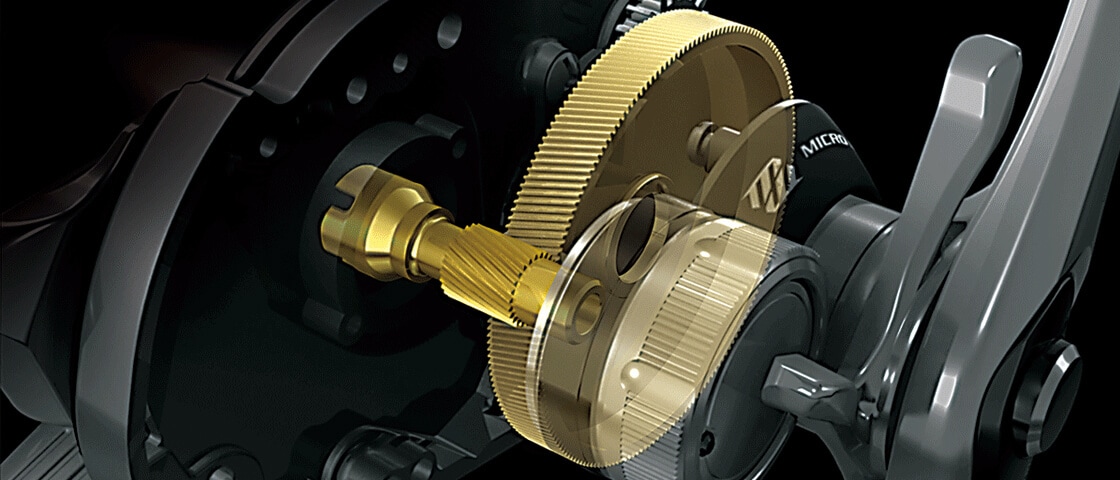
Micro Module Gearing, featuring precisely produced gear teeth, enabled both smooth reeling and excellent power transmission.

HAGANE gear, HAGANE body, Micro-module gear, and X-ship are all technologies that fuse Shimano’s unique strengths in metal processing to realize Shimano’s ideal reel that will deliver eternally smooth reeling.
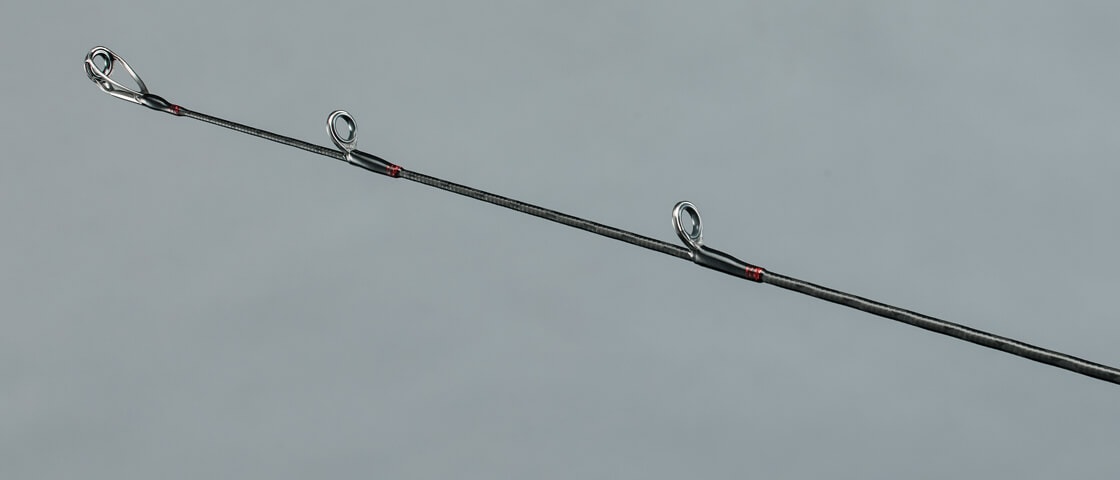
Shimano’s original high functioning guide that fused lightweight, trouble-less, cast performance into one through a high efficiency shape made through 3D structural design.
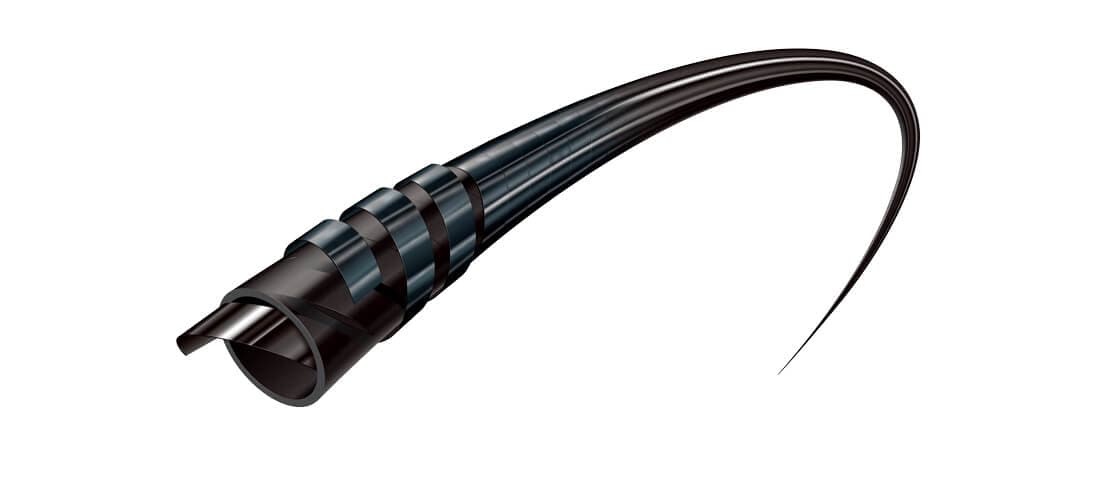
SPIRAL X, Shimano’s unique fundamental structure that increases rod performance from the core, has been newly equipped with Nanoalloy® Technology employed carbon tape, further enforcing its strength and durability.
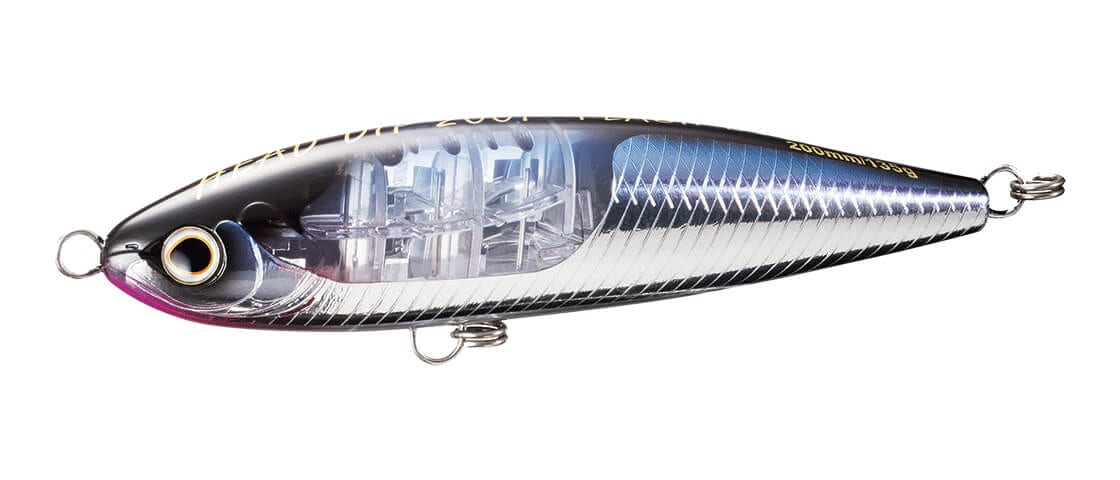
A feature where the reflective plate installed inside the lure catches slight movement of the waves and gives off a flashing effect. This feature continually attracts fish even without moving the lure.
FISHING TACKLE
